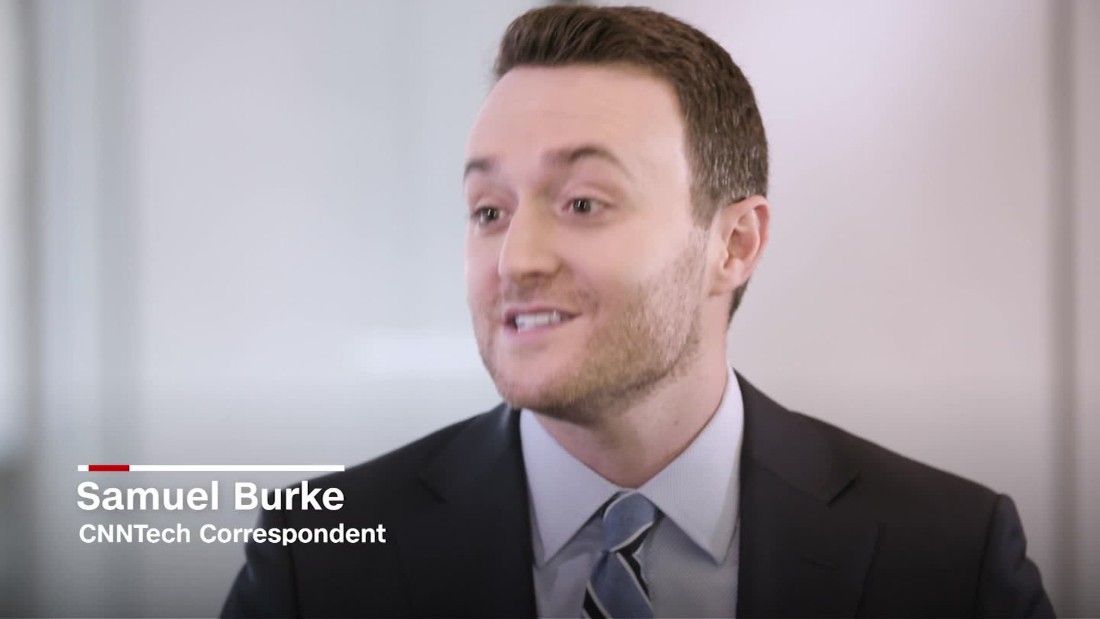This color-changing thread has endless possibilities.




This is, in my opinion, the real point of rebutting objections to rejuvenation.
If you’ve hung around here long enough, you probably know I have two pet peeves: ageing and money. If we assume the saying ‘Only two things are certain in life: death and taxes’ is true, then we’re forced to conclude that I advocate for the (indirect) elimination of the only two certainties in life. So, if you came here looking for certainties, I’m afraid you’re in the wrong place.
I’m (mostly) not joking. Lately I’ve been working a lot on the Answers to objections section, which together with a few discussions I’ve had on the Internet, got me thinking about the point of rebutting objections to rejuvenation. Generally, when I discuss the subject with somebody who’s not at all sold on the idea of rejuvenating people, I get the feeling they expect me to prove beyond doubt that nothing can possibly go wrong, either along the way between here and an ageless world or once that world has been reached. If my feeling is correct, opposers to rejuvenation may expect that my rebuttals are meant to prove that neither a post-ageing world, nor the journey to it, will present any problems or challenges.
This expectation is utterly unrealistic. It’s actually worse than that—it’s completely wrong. There’s no way in hell I (or anyone else) could guarantee that we won’t have a dictator ruling a nation for six centuries, or that environmental problems won’t be exacerbated, etc. The reason I can’t promise none of the above will happen is the very same reason why rejuvenation opposers can’t promise any of the above will happen: Nobody can actually predict the future.



It underscores the fact that not all minds that wander are lost. University of British Columbia philosopher Evan Thompson, author of Waking, Dreaming, Being: Self and Consciousness in Neuroscience, Meditation, and Philosophy, says the DMN’s mental meanderings are “the baseline state of you as a cognitive system.” It’s tremendously pragmatic: being able to remember the past, plan for the future, and happen upon creative insights are all essential tools for navigating life. While he was hesitant to mix the word “suffering,” which is so loaded in ancient Asian religious traditions, with the “default mode,” which is of a contemporary neural vintage, the two connect in the way that suffering arises when people concretize the fleeting swirls of thought, especially around conceptions of self. Still, he says, there’s “particular kind of stickiness” that can come when DMN activity grows overly self-centered.
Default-mode content involves an image of self, one that’s easy to become attached to. These self-conceptions are “affectively charged,” he says; they carry lots of emotional weight. “We constantly think that it’s not just another thought, that [the image of self] is something real, not just an mental image.”



